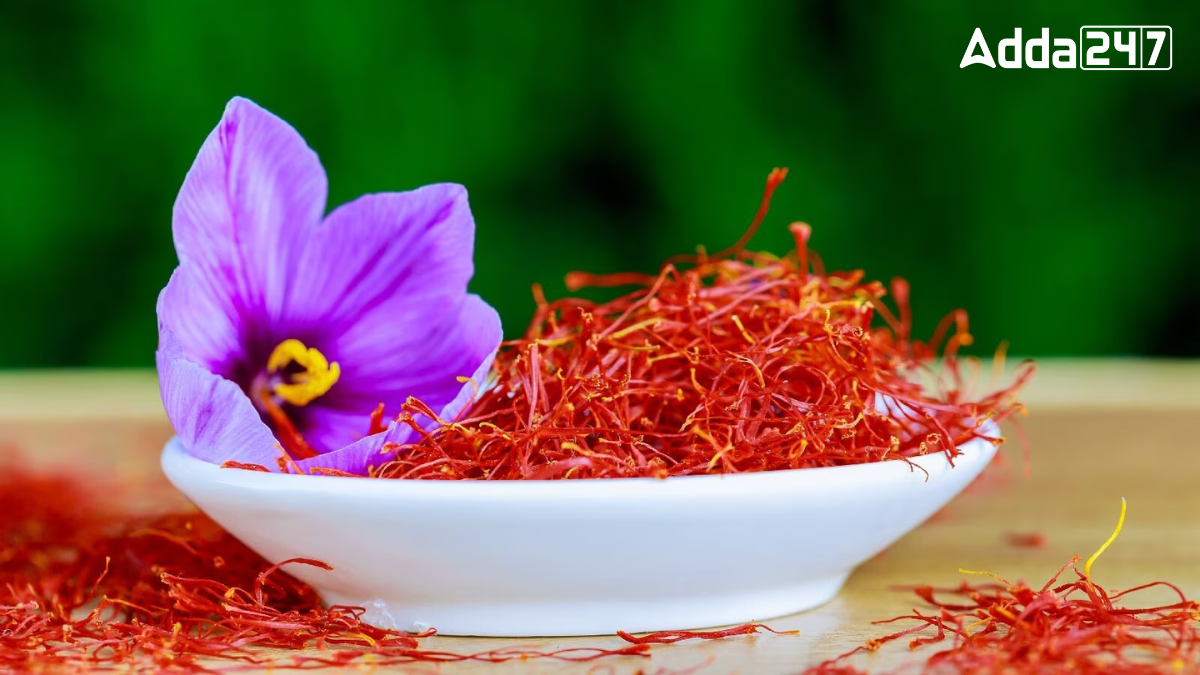Saffron, often referred to as “red gold,” is one of the most prized and expensive spices in the world. Known for its distinctive flavor, aroma, and vibrant color, saffron is harvested from the delicate stigma of the Crocus sativus flower. While saffron cultivation is a labor-intensive process, several countries around the globe participate in its production. Among them, one nation stands out as the undisputed leader in saffron cultivation. Let’s embark on a journey to unravel the mystery behind the world’s top saffron producing country.
Worldwide Saffron Production
In 2019, global saffron production statistics revealed Iran’s unparalleled dominance, with the country supplying a staggering 430 tons out of the total 450 tons produced worldwide. Projections for 2020 hinted at a further rise, with Iran anticipated to reach a production milestone of 500 tons. Meanwhile, India, a distant second, contributed a modest 22 tons to the global saffron output annually.
Most Saffron Producing Country in the World
Iran stands tall as the undisputed leader in saffron production, boasting an impressive 90% share of the global market. Renowned for its unparalleled quality, Iranian saffron is cultivated primarily in key provinces such as Kerman and Khorasan. The meticulous harvesting techniques and favorable climatic conditions in these regions contribute to Iran’s dominance in the saffron industry, making it the go-to source for the finest saffron worldwide.
Factors Contributing to Saffron Production
Several factors contribute to Iran’s dominance in saffron production:
- Ideal Climatic Conditions: Iran’s diverse climate, with hot, dry summers and cold winters, provides optimal conditions for saffron cultivation. The country’s arid regions, particularly in the provinces of Khorasan, Razavi, and South Khorasan, are renowned for producing some of the world’s finest saffron.
- Traditional Expertise: Saffron cultivation is deeply ingrained in Iran’s cultural heritage, with generations of farmers passing down traditional cultivation techniques and knowledge. This wealth of experience contributes to the high quality and consistency of Iranian saffron.
- Extensive Cultivation Areas: Iran boasts extensive saffron cultivation areas, with thousands of hectares dedicated to saffron farming. The country’s vast production capacity allows it to meet both domestic demand and export requirements.
- Government Support: The Iranian government provides support and incentives to saffron farmers, including subsidies, technical assistance, and research funding. These initiatives help enhance productivity, quality, and sustainability in the saffron industry.
Challenges and Future Prospects
Despite its leading position in saffron production, Iran faces several challenges, including competition from other producing countries, fluctuating market prices, and issues related to water scarcity and climate change. Additionally, the reliance on manual labor for harvesting makes Iranian saffron susceptible to labor shortages and rising production costs.
Looking ahead, Iran is exploring strategies to overcome these challenges and further strengthen its position in the global saffron market. This includes investments in research and development, modernization of farming practices, and diversification of export markets.




 Exploring Bondi Beach: Sun, Surf and Syd...
Exploring Bondi Beach: Sun, Surf and Syd...
 Chakrashila Wildlife Sanctuary: Location...
Chakrashila Wildlife Sanctuary: Location...
 Top-7 Oldest Palaces in India, Check the...
Top-7 Oldest Palaces in India, Check the...







